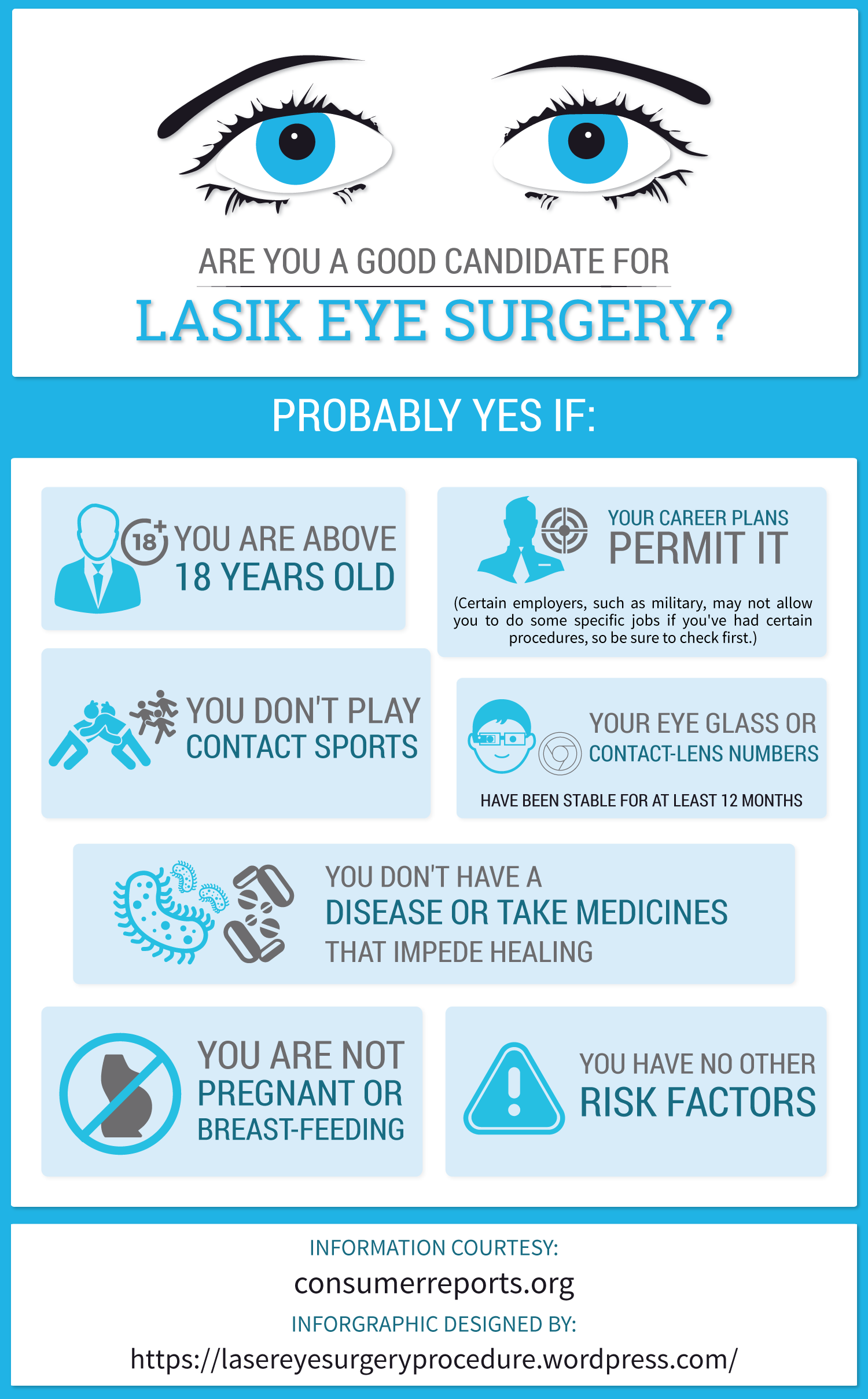Do You Have A Rate Of Interest In Checking Out The Historic Beginnings And Contemporary Developments In Glaucoma Treatment Methods?
Do You Have A Rate Of Interest In Checking Out The Historic Beginnings And Contemporary Developments In Glaucoma Treatment Methods?
Blog Article
Produced By-Bray Alstrup
Did you understand that the advancement of glaucoma therapy approaches covers centuries, encompassing both conventional solutions and sophisticated technologies? From LASIK Price Range to advanced Minimally Invasive Glaucoma Surgical treatment strategies, the spectrum of alternatives is substantial. As you look into the intricacies of standard versus cutting-edge methods, you might uncover surprising insights that test conventional point of views on treating this widespread eye condition.
Historic Evolution of Glaucoma Treatments
The historic advancement of glaucoma treatments dates back to old civilizations where different remedies were used to take care of the condition. In ancient Egypt, as an example, treatments involved a mixture of honey, fat, and sour milk applied to the eyes. The Greeks and Romans additionally contributed to very early glaucoma therapies with a focus on topical applications and nutritional treatments. Throughout background, varied societies created distinct strategies to relieve the signs and symptoms of glaucoma, commonly rooted in natural remedies and superstitions.
As time advanced, improvements in medical understanding brought about more systematic methods to treating glaucoma. In the Middle Ages, Arabic scholars made significant payments by examining the anatomy of the eye and establishing surgical methods to resolve eye problems. These very early innovations laid the foundation for contemporary glaucoma therapies that we have actually today. Understanding the historical context of glaucoma treatments offers valuable insights into the continuous progress and refinement of medical practices over the centuries.
Comparison of Traditional Methods
In comparing traditional methods for treating glaucoma, take into consideration the historic contexts and effectiveness of numerous remedies.
Conventional therapies for glaucoma have actually progressed over centuries, from ancient methods like utilizing honey and red wine to extra recent developments such as eye declines and surgical procedures. Historically, solutions like the application of leeches or organic mixtures were made use of to ease signs and symptoms, yet their effectiveness was restricted.
As time advanced, methods like iridectomy, where a part of the iris is removed, ended up being popular for lowering intraocular pressure. Some standard techniques, like utilizing dental drugs to decrease eye pressure, have actually stood the test of time and are still used today. However, these therapies frequently come with adverse effects and might not be as reliable as contemporary options.
It's important to evaluate the historical relevance of traditional glaucoma therapies against their efficacy in the context of existing medical improvements.
Analysis of Innovative Treatment Methods
Taking into consideration the progressing landscape of glaucoma treatment, ingenious strategies are revolutionizing the means this eye problem is taken care of.
One remarkable advancement is minimally intrusive glaucoma surgery (MIGS), which offers a much less intrusive alternative to conventional procedures. MIGS intends to reduce intraocular pressure by enhancing the eye's all-natural water drainage system, leading to less difficulties and faster healing times compared to traditional surgeries.
In you can try this out , the advancement of sustained-release drug distribution systems has supplied a much more effective method to provide glaucoma medicine. These systems can launch medicine slowly over a prolonged duration, enhancing client adherence and lowering the frequency of eye decreases.
In addition, emerging innovations like selective laser trabeculoplasty (SLT) provide a non-invasive alternative for reducing intraocular stress by targeting certain cells in the eye's drain system.
Conclusion
As you assess the advancement of glaucoma therapies, you can see how traditional techniques have paved the way for innovative approaches to arise.
From old remedies to modern developments, the trip of treating this complex eye problem has resembled a rollercoaster ride.
Yet with new strategies like MIGS and sustained-release drug distribution, the future appearances brighter than ever before for people seeking effective and much less intrusive options.
